I remember the first time I ever saw a metal card.
I was on a date. The evening had gone splendidly, with her swiping away at her phone (no doubt dismissing other suitors in light of this peerless specimen of masculinity before her), and me showcasing my nascent ability to chew with my mouth partially-closed.
When the time came to pay, I whipped out my UOB Preferred Platinum AMEX (this was well before the card got nerfed mind you), intent on mansplaining the importance of prudent financial management through maximising rebates.
Alas, my attempted power play was upstaged when she rummaged through her purse and tossed something on the table, which landed with a resounding clang. It was an American Express Centurion Card, the prestige of which she claimed to be ignorant (“Really? It’s just a sub card my mum gave me”).
Till today, I have no idea whether that ignorance was genuine, but one thing became clear that night: anyone who says “sub” card is a complete sociopath.
Oh, and metal cards make quite the impression.
Metal is the new black
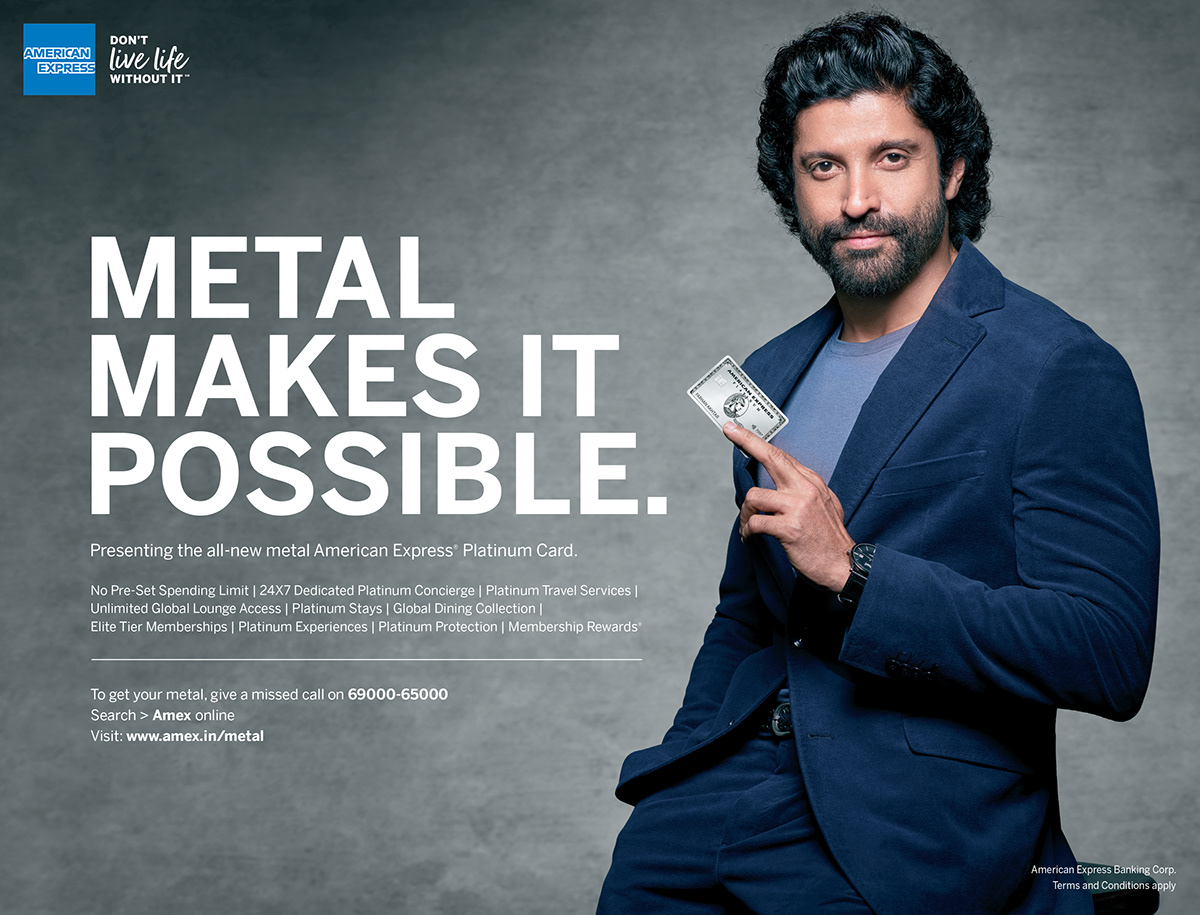
It says a lot about where the market is heading that every time a new premium card is launched, one of the questions I get asked the most is “is it metal?”
As it stands, more than one dozen credit cards are currently issued on metal cardstock in Singapore, a number I can only see growing in the near future.
| 💳 Metal Credit Cards in Singapore |
|||
| Card | Income Req. | Annual Fee | Weight |
 AMEX Centurion AMEX Centurion |
Lots | S$7,560 | 14g |
 AMEX Platinum Charge AMEX Platinum Charge |
Not stated^ | S$1,728 | 17g |
 BOS VOYAGE BOS VOYAGE |
S$30K* | S$493 | 20g |
 Citi Prestige Citi Prestige |
S$120K | S$540 | 8g |
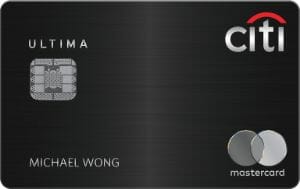 Citi ULTIMA Citi ULTIMA |
S$500K | S$4,199 | 16g |
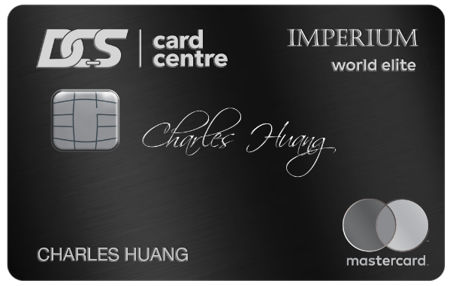 DCS Imperium DCS Imperium |
Not stated | S$3,551 | ? |
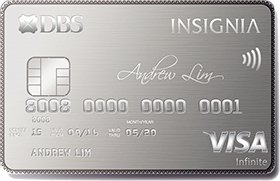 DBS Insignia DBS Insignia |
S$500K | S$3,240 | 19g |
 DBS Vantage DBS Vantage |
S$120K | S$594 | 10g |
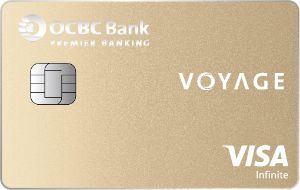 OCBC Premier VOYAGE OCBC Premier VOYAGE |
S$30K* | S$493 | 8g |
 OCBC PPC VOYAGE OCBC PPC VOYAGE |
S$30K* | S$493 | 20g |
 OCBC VOYAGE OCBC VOYAGE |
S$120K | S$493 | 15g |
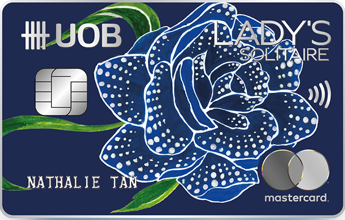 UOB Lady’s Solitaire Metal Card UOB Lady’s Solitaire Metal Card |
Not stated | S$594 | ? |
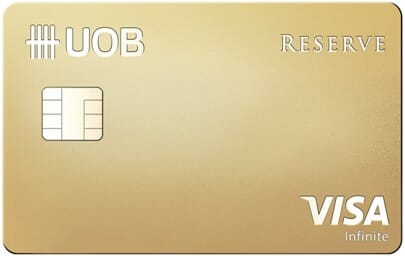 UOB Reserve UOB Reserve |
S$500K | S$3,888 | 28g |
 UOB Diamond Reserve UOB Diamond Reserve |
S$500K | S$3,888 | ? |
 UOB VI Metal Card UOB VI Metal Card |
S$120K | S$648 | 9g |
| *Must maintain minimum AUM with the bank ^AMEX no longer publishes a minimum income requirement for any of its cards, including the Platinum Charge. The last published requirement was $150K p.a. |
|||
These are all premium cards, targeted at those with high salaries or well-padded bank accounts. And that’s probably why metal cards are associated with prestige (at least for now), because the implicit assumption is that if you have a metal card, you must be a person of some means.
| 💳 Plastic hold outs |
| Not every premium card has hopped on the metal wagon. You’ll still find S$120K+ income requirements cards like the HSBC Visa Infinite, Maybank Visa Infinite and Standard Chartered Visa Infinite on standard-issue plastic cardstock. |
Here’s the thing: few people will publicly admit that they want a metal card, for fear of being eviscerated by accusations of small pp energy, the kind which can only be assuaged by the reassuring plunk of a card on a counter (“the plunk factor” is an actual industry term, by the way, referring to the ability of a card to get its cardholder noticed).
But they’re much more candid in private. A 2022 survey by Edgar, Dunn & Company of 18,000 consumers worldwide revealed that:
- 70% of respondents would select an offer that included a metal payment card, all other factors equal
- 51% of respondents said they would leave their bank for another that offered a metal payment card
- Of respondents classified as “affluent”, 80% said a metal card would be their card of choice
If you’re not sold on the whole metal card trend, it’s easy to scoff, shake your head, and marvel at your larger-than-average pp. All the same, data doesn’t lie; consumers value a metal card enough for it to become a selling point in and of itself. Just look at how UOB incorporates it into product names (“UOB Visa Infinite Metal Card; UOB Lady’s Solitaire Metal Card), or how American Express positions their advertisements.

As for me personally, I can appreciate a metal card for what it is: a fun little novelty. I do think it’s a tad bit concerning if you believe that a metal card will fill that hole in your heart, but at the same time, I find it equally off-putting when people get on their soapbox and criticise those who like metal cards, kind of like “Look at me, I’m very secure and well-adjusted and pp sufficient since I don’t care about metal cards!” I mean, come on. Let people enjoy things.
That said, I think it’s a fair statement that metal cards trade style for practicality, and they do have some drawbacks for day-to-day use. So if you’re considering a metal card, here’s a few things you might like to know.
Not all metal cards are made equal (literally)

In my table of metal cards, you’ll notice I included a “weight” column. That’s because not all metal cards are made equal, and weight is a proxy of quality.
On the one end, you have the bantamweight Citi Prestige, which at 8 grams is barely a feather heavier than your standard plastic 5-gram card. On the other, you have the UOB Reserve, which tips the scales at a fatigue-inducing 30 grams.
Metal cards are made from a wide range of materials, including brass, copper, brushed stainless steel, titanium, or palladium. OCBC VOYAGE Cards are made of duralumin, a strong, hard and lightweight aluminium alloy that contains copper, manganese, magnesium, iron, and silicon, and is resistant to corrosion by acid and seawater (it’s also used in aircraft construction). UOB Reserve Cards use Alpaca Silver, which is sadly not the product of smelting down alpacas, but rather an alloy of nickel and zinc commonly used in jewellery.
This means that even within metal cards, there’s a hierarchy of sorts. Card manufacturer Thales (formerly known as Gemalto) offers the following options in its catalogue, presumably in decreasing order of cost.
| Card | Key Features |
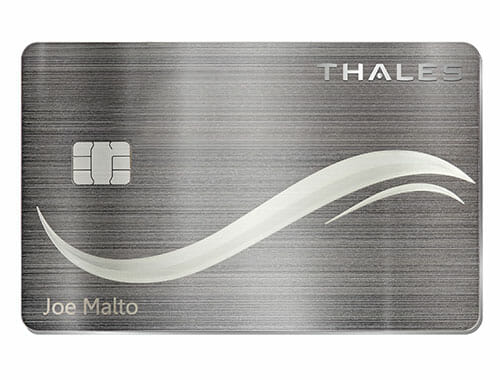 Full Metal Card Full Metal Card |
|
 Hybrid Metal Card Hybrid Metal Card |
|
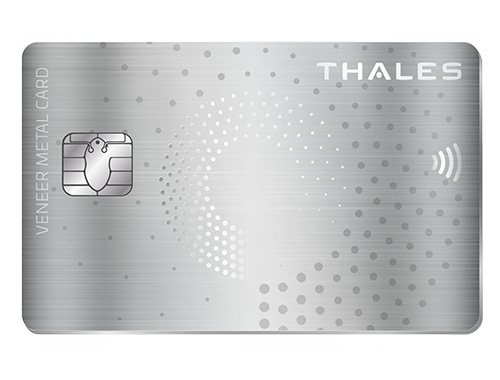 Veneer Metal Card Veneer Metal Card |
|
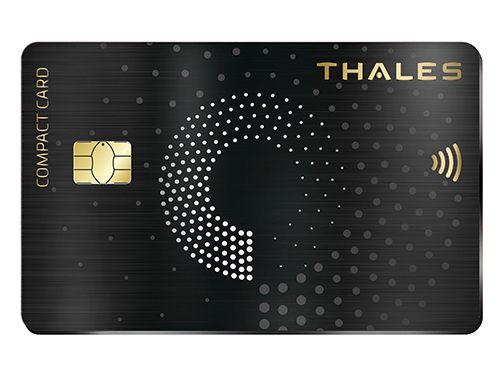 Compact Metal Core Card Compact Metal Core Card |
|
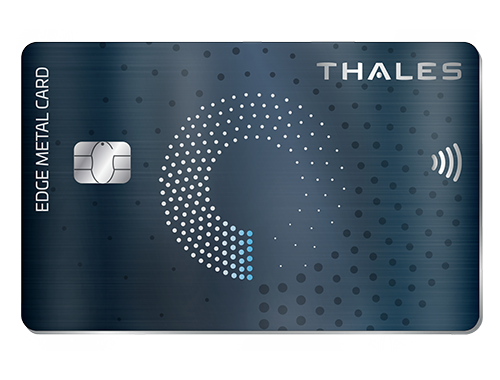 Edge Metal Card Edge Metal Card |
|
 Easy Metal Core Card Easy Metal Core Card |
|
As you might expect, the more expensive cards (think DBS Insignia and UOB Reserve) are made from pricier, heavier metal, while the less expensive ones (think Citi Prestige and UOB VI Metal Card) are made from cheaper, lighter metal or hybrids.
Metal cards may not support contactless payments
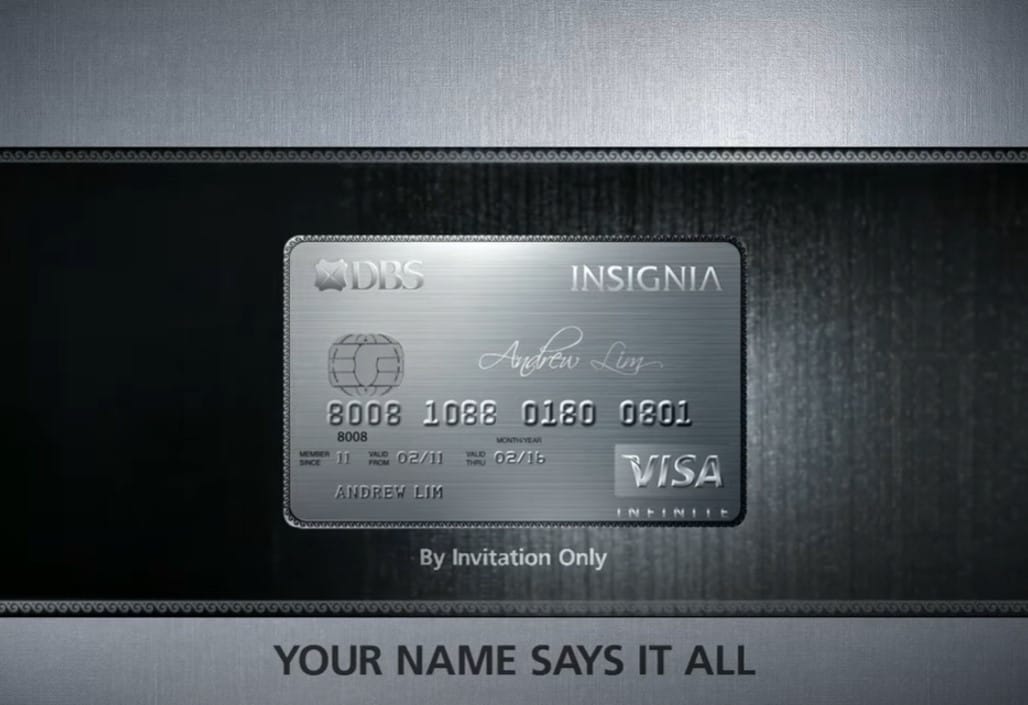
In 2016, DBS claimed to have issued the world’s first contactless metal card, an announcement that I thought to be strange- didn’t all metal cards support contactless?
Well evidently I failed my high school physics, because the answer is no. Wireless signals don’t work through metal, which basically acts as an electromagnetic shield (that’s also why the UOB Reserve and first generation of OCBC VOYAGE Cards don’t offer contactless payments, by the way).
One common solution to this problem is to issue a card with a metal front and PVC backplate (e.g. AMEX Platinum Charge), or a plastic card covered with thin metal sheets that allow electromagnetic signals to pass through (e.g. Citi Prestige). Then there’s also the DBS Vantage and its much-criticised “slit”, which is really an antenna to allow for contactless payments.
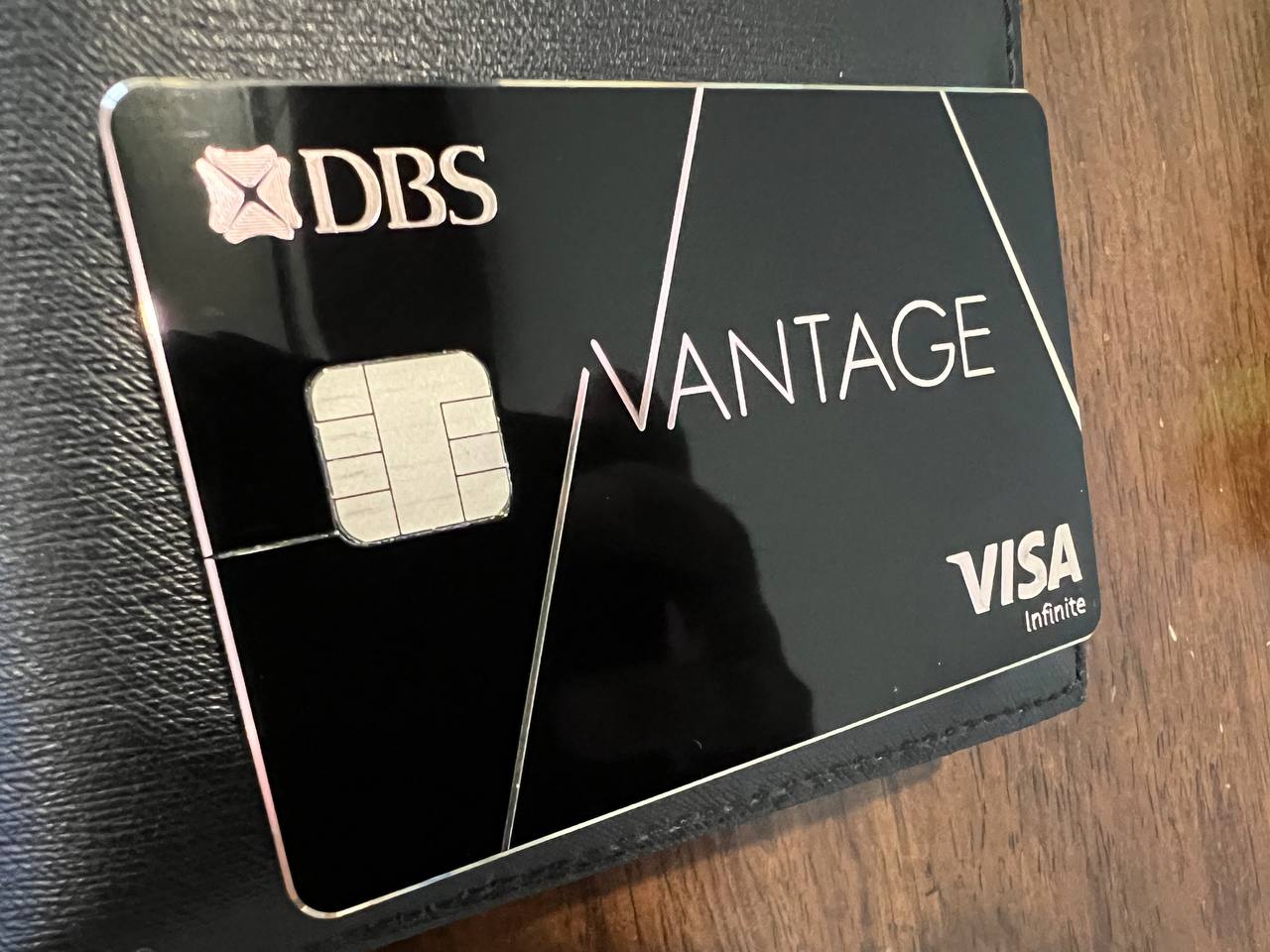
Alternatively, you could add your pure metal card to your mobile wallet and tap your phone instead, but that’d rather defeat the purpose wouldn’t it?
Metal cards may not fit into all card readers
Since they’re thicker than regular plastic cards, metal cards may not fit into all card readers. For example, it’s not uncommon to see unmanned parking payment kiosks in the US with “no metal cards” signs.
And if the card reader does not support contactless payments (or if your metal card doesn’t), then it’s effectively a very nice looking paperweight.
Metal cards may have longer lead times
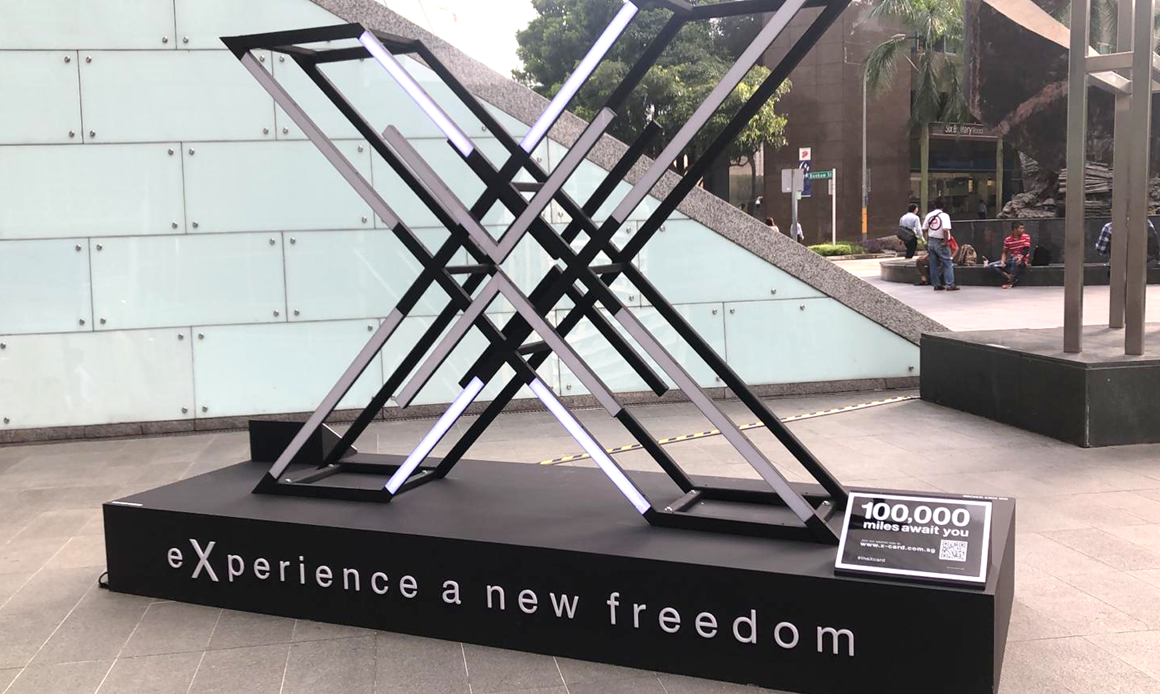
Hands up: who remembers the StanChart X Card fiasco?
Back in July 2019, Standard Chartered launched what it hoped would become the must-have status symbol for affluent millennials: the metal StanChart X Card. While its perks were abysmally bad, it did have one killer feature: a 100,000 miles sign-up offer.
As expected (well, by everyone other than Standard Chartered it seems), applications poured in, and in no time at all the bank ran out of metal cardstock. There then came a strange period where all new applicants received a plastic card first, with a metal card IOU.
As metal X Cards need a longer time to produce, we thought it is better for you to receive a plastic card first to experience the power of X. You can still enjoy all X Card privileges, the metal X Card will be sent to you as soon as it is ready.
-Standard Chartered
It’s an example of how the wait times for metal cards could be longer if the product manager didn’t indent sufficient inventory (it takes roughly three months for a card to be customised and delivered).
Fortunately, X Card aside I’m unaware of any other backlogs in metal card production.
Durability may be an issue
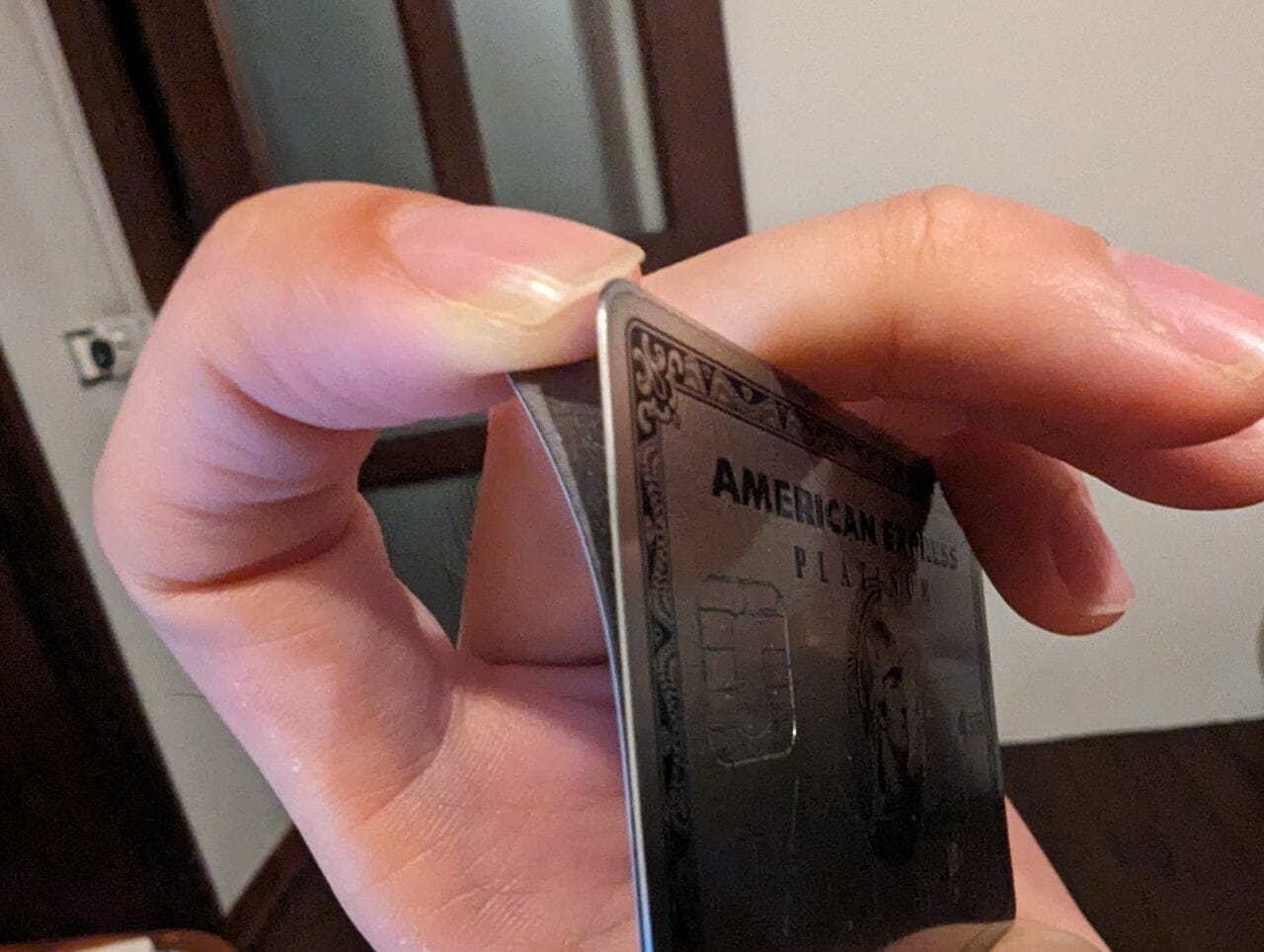
Conventional wisdom holds that a metal card should be able to handle more abuse than a plastic one, but that really depends on what kind of metal card we’re talking about.
Since I don’t qualify for the uber elite metal cards, the ones I have are mainly two-piece construction: metal front, PVC back. In my experience, the PVC back will start to peel away after a while, especially if you frequently use your metal card at places where they insert it into a reader.
This seems to be a widely-reported issue with two-piece cards, especially in humid environments like Singapore where the glue wears down quicker.
Metal cards are harder to dispose of
And while some metal cards might not be that durable for day-to-day use, Murphy’s Law says they’re utterly indestructible when you want to dispose of it.
You know how you’re supposed to destroy your old credit card after expiry or cancellation? I’ve never actually done that, for any of my metal cards. They just sit idle in my drawer, waiting for a future arts and crafts project. After all, most households lack the sort of equipment necessary to dispose of a metal card.

By right you can send the card back to the bank for destruction (and indeed some banks will send a prepaid envelope together with your replacement card for you to send the old card back), but I don’t see much harm in keeping it as a souvenir.
If you’d sleep better at night having destroyed it, here’s some ideas from myself and the community:
- As one of the lighter metal cards, the Citi Prestige is flimsy enough to be cut up with heavy-duty kitchen scissors
- Peel off the rear plastic layer (which has your personal details) and dispose of it, punch a hole through the chip and use it as a luggage tag
- Use correction fluid to cover or sandpaper to etch off the pertinent details, then keep it around the house as a back scratcher
Metal cards may have higher replacement costs
While a plastic credit card costs perhaps S$1-2 to manufacture (most of which comes from the EMV chip), the cost of a metal card can be much higher. Depending on the material and embellishments used, it could be anywhere from S$15 to as much as a few hundred dollars.
A proxy for how expensive your card was to make is the replacement fee. For example, UOB Reserve Diamond Cardholders who want an additional supplementary card will need to pay S$1,080 (who said Diamonds were cheap?). UOB Reserve Cardholders who want an additional supplementary card will pay S$648 for a metal version, and S$378 for a plastic version. That difference in cost should hint at the manufacturing cost of an Alpaca Silver card.
If it’s any consolation, not all metal cards charge replacement fees. Here’s what I managed to find:
- AMEX Platinum Charge: None
- Citi Prestige: None
- DBS Insignia: None
- DBS Vantage: None
- OCBC VOYAGE & OCBC Premier VOYAGE: S$162
- UOB Visa Infinite Metal Card: S$150
- UOB Reserve: S$648
- UOB Reserve Diamond Card: S$1,080
Metal cards might not be exclusive that much longer
At this point in the adoption cycle, metal is still considered to be the mark of a premium card in Singapore.
But those days could be numbered. It’s already possible to get a metal debit card without a sizeable income, e.g. the Revolut Metal, yours for S$19.99 a month, or the Crypto.com Visa Card, which requires you to stake a certain amount of tokens.
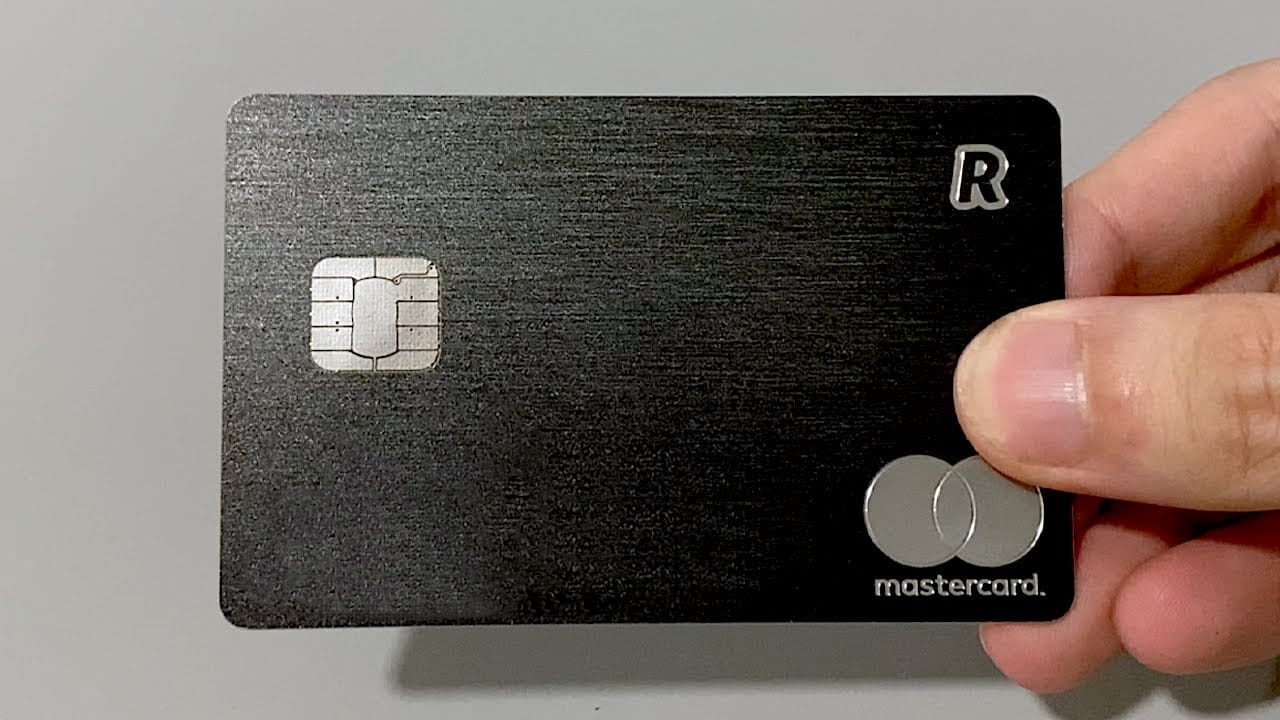
In the same way that a Platinum card these days is no big deal, could Metal cards soon become mass market? It’s certainly possible, if cheaper ways of manufacturing them become available, and if the public’s insatiable demand for metal continues unabated.
But as we saw earlier, there are metal cards, and there are metal cards. Obviously a diamond-embellished pure metal card is going to carry more weight, both figuratively and literally, than an mass-produced NeverRust™ card sourced from Alibaba.
Perhaps anticipating the democratisation of metal, some banks have moved to embrace “the drop”, first popularised in the fashion industry, by commissioning high-profile artists to create limited-edition designs. For example, AMEX Platinum Cardholders in the USA can choose from two designs by Julie Mehretu and Kehinde Wiley- the former looking like someone’s five year old took a magic marker and bits of construction paper to mommy’s card (but hey, what do I know about art?).
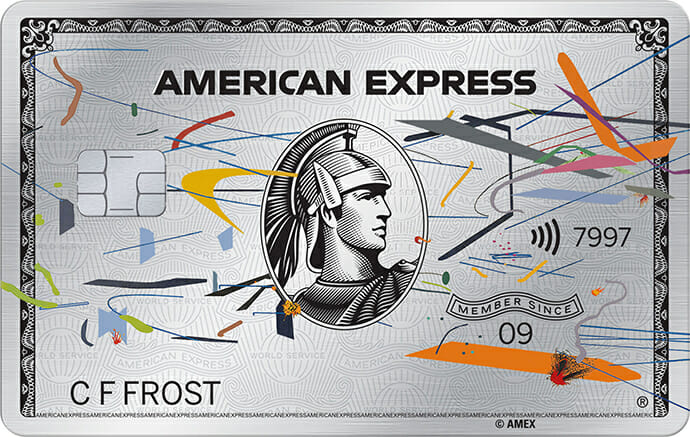
Closer to home, we have the UOB’s Lady’s Solitaire Metal Card, which received a new look from local designer Priscilla Shunmugam in 2019.

This helps the cards maintain what’s arguably their CVP: getting attention.
Conclusion
Metal cards have an undeniable novelty, but may not always be the most practical solution. Some don’t support contactless payments or fit into older card readers, others may start to peel after a while, and disposing of metal cards is more complicated than traditional plastic.
Still, it seems like that’s the direction we’re all heading in, so a metal card might very well be waiting in your future, whether you like it or not.
Be honest: do you like having a metal card?




I like the luggage tag idea.
Gonna use my metal card as a luggage tag once it expires
Used to have the X card. Novelty wore off after a short while. Didn’t like the weight in my wallet. Now all my cards are on my phone. I only keep a few physical cards just in case. I prefer digital cards now so i destroy all physical cards if possible.
I used Voyage card physically as there was no contactless feature. All the store attendants were in awe. Satisfied my ego. Good times.
It depends on the setting high class restaurants and hotel won’t make a big difference from the service staffs.
Only 3 cards in my FLP card holder,
1. amex plat charge
2. House key card
3. Tesla key card
So what happened to that date?
Did it develop into anything more serious haha 🤩
She could be a “keeper”
My Amex plat metal card works just fine with “tap and go” machines by the way.
thought about asking her for series A funding but was too emasculated by that point.
I’d imagine insertion and durability would have been sticky issues here…
LOL!!!
The UOB Reserve functions very well as a paperweight. The weight is just right to keep papers from flying around. If you need more weight, just use two.
I find it annoying that I can’t destroy the metal cards. Yes they do not take up a lot of space, but it is irritating to keep things unnecessarily.
Metal cards any day to show I have arrived. I use Amex Centurion to fan myself when its hot on the street. I find the weight just right to emit a good flow. My OCBC Voyage is perfect as a paper weight on my office desk, to prevent the papers from fluttering around. DBS Insignia is perfect for scratching the itch on my left ear. My skin is sensitive there, and i find DBS metal most impervious to causing rash. Finally, Citi Ultima when you need to chope that table and you don’t want to just leave tissue paper, like… Read more »
IMO The UOB Ladies Solitaire looks the best! The prestige is so light I often forget it’s metal as it feels almost like a hard plastic card. Platinum charge has the peeling issue you described.
My favourite is the OCBC Voyage Prestige – looks and feels like a solid metal and supports contactless (now – didn’t originally).
The metal card probably began only a few years back. When I had the amex plat and citi ultima and prestige they were all plastic cards still.
Got to add, if you got to own only 1 metal card, amex plat charge is the only way to go.
Need of physical cards are diminishing as I mostly use Paywave and Apple Pay on my iPhone. It’s kinda sad because iPhone Wallet doesn’t give that prestigious feeling of using prestigious cards.
Still holding on to my beloved rare X Card as a paperweight on my desk